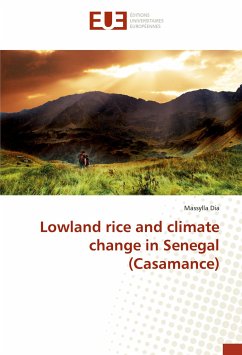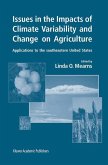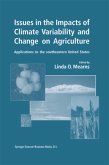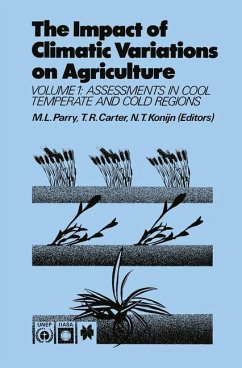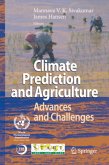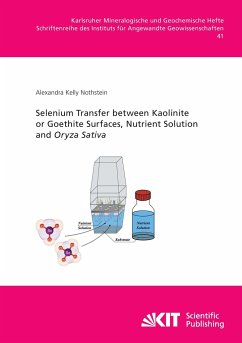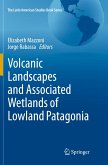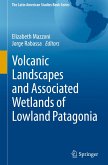Climate change is nowadays largely accepted as a real, pressing and truly global problem. The mean argument today is how much it will change in the future and which will be the impact on agriculture. For this reason, lowland rice growth and yield production in Casamance under present period and two future climate scenarios (based on RCP 4.5 and RCP 8.5) were assessed. To carry out this study, CropSyst was used as simulation model. Firstly, we parametrized the model in two valleys (Djimbana and Samirong) and the model was able to simulate the realities. Secondly, vector parameters obtained were used to run the model under present and future period scenarios in the two valleys. Overall, both of the scenarios predict a reduction in yield higher under RCP 4.5 than under RCP 8.5 compared to the present period. The reduction is mainly due to high water and nutrient losses through surface water runoff and soil water drainage caused by an increased intensity of rainfall during the crop growing season. The fertilizing effect of enhanced CO2 concentration is not enough to overcome these detrimental effects.

